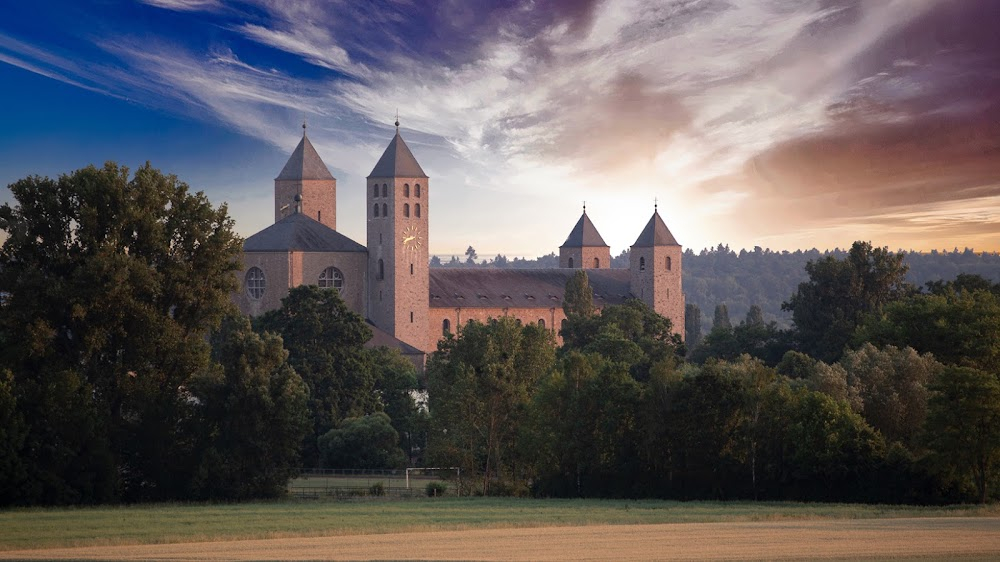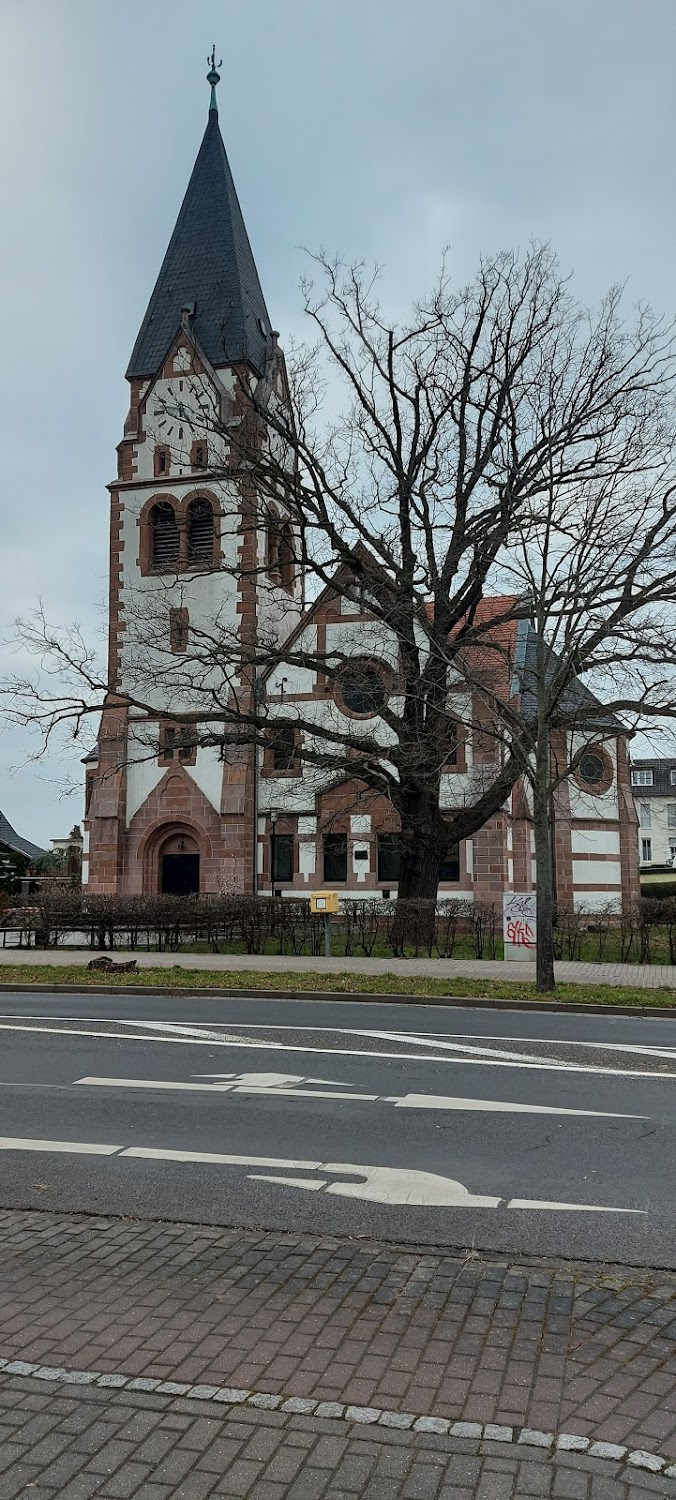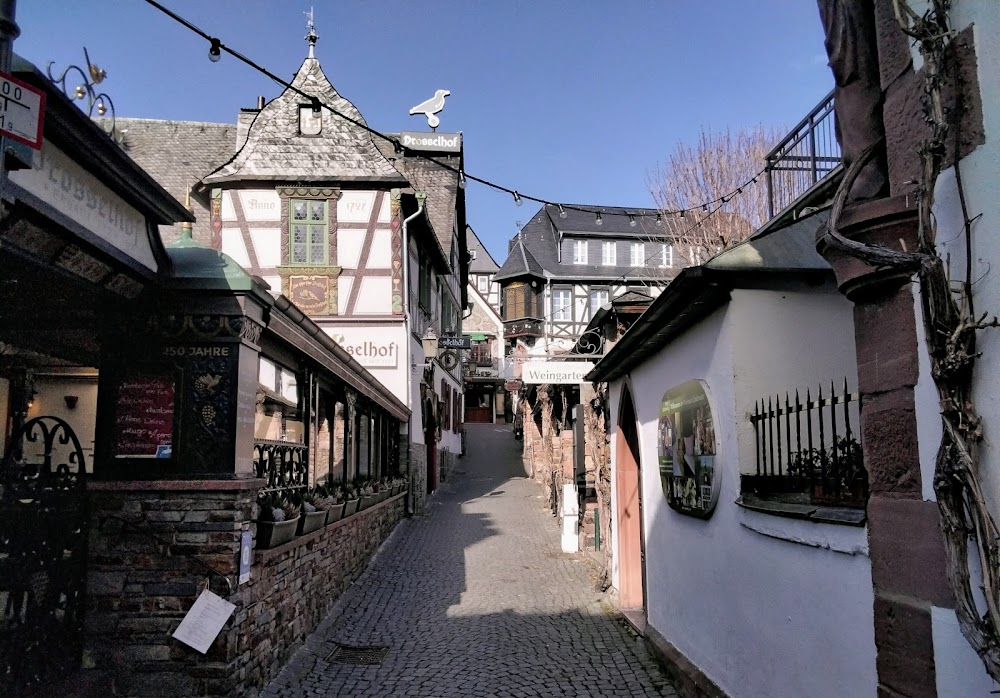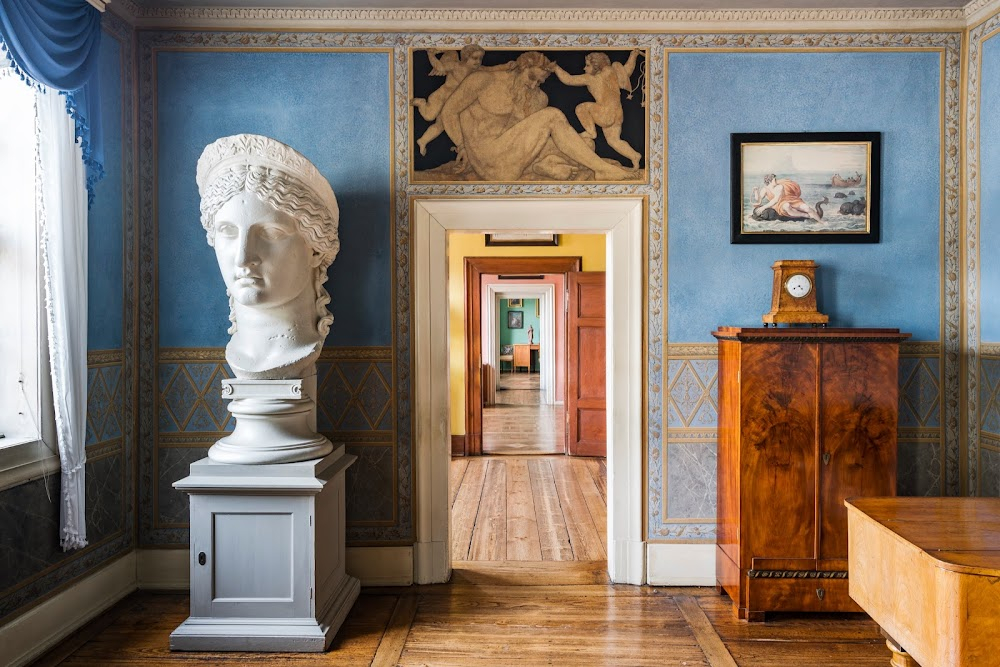Die große Depression Filming Locations

Where was Die große Depression filmed? Die große Depression was filmed in 18 locations across Germany in the following places:
Die große Depression Filming Locations
Berlin, Germany’s capital, dates to the 13th century. Reminders of the city's turbulent 20th-century history include its Holocaust memorial and the Berlin Wall's graffitied remains. Divided during the Cold War, its 18th-century Brandenburg Gate has become a symbol of reunification. The city's also known for its art scene and modern landmarks like the gold-colored, swoop-roofed Berliner Philharmonie, built in 1963.
Cologne, a 2,000-year-old city spanning the Rhine River in western Germany, is the region’s cultural hub. A landmark of High Gothic architecture set amid reconstructed old town, the twin-spired Cologne Cathedral is also known for its gilded medieval reliquary and sweeping river views. The adjacent Museum Ludwig showcases 20th-century art, including many masterpieces by Picasso, and the Romano-Germanic Museum houses Roman antiquities.
Dessau is home to the Bauhaus Dessau campus and its 1920s structures. These include the boxy central building with its iconic vertical “Bauhaus” lettering, now a museum offering tours and overnight stays in recreated student rooms. The striking, glass Bauhaus Museum Dessau showcases the design movement’s ceramics and furniture, and the Anhaltisches Theater Dessau presents classical concerts and ballet.
Empfingen is a municipality in the district Freudenstadt in Baden-Württemberg in southern Germany. Empfingen itself comprises two local districts, Wiesenstetten and Dommelsberg. Empfingen is close to the federal motorway 81 Stuttgart – Singen.
Germany is a Western European country with a landscape of forests, rivers, mountain ranges and North Sea beaches. It has over 2 millennia of history. Berlin, its capital, is home to art and nightlife scenes, the Brandenburg Gate and many sites relating to WWII. Munich is known for its Oktoberfest and beer halls, including the 16th-century Hofbräuhaus. Frankfurt, with its skyscrapers, houses the European Central Bank.
Hamburg, a major port city in northern Germany, is connected to the North Sea by the Elbe River. It's crossed by hundreds of canals, and also contains large areas of parkland. Near its core, Inner Alster lake is dotted with boats and surrounded by cafes. The city's central Jungfernstieg boulevard connects the Neustadt (new town) with the Altstadt (old town), home to landmarks like 18th-century St. Michael’s Church.
Leipzig is the most populous city in the German state of Saxony. The city has a population of 628,718 inhabitants as of 2023. It is the eighth-largest city in Germany and is part of the Central German Metropolitan Region.
Munich, Bavaria’s capital, is home to centuries-old buildings and numerous museums. The city is known for its annual Oktoberfest celebration and its beer halls, including the famed Hofbräuhaus, founded in 1589. In the Altstadt (Old Town), central Marienplatz square contains landmarks such as Neo-Gothic Neues Rathaus (town hall), with a popular glockenspiel show that chimes and reenacts stories from the 16th century.
Starnberg is a town in Bavaria, Germany, some 30 kilometres southwest of Munich. It is at the north end of Lake Starnberg, in the heart of the "Five Lakes Country", and serves as capital of the district of Starnberg.
Stuttgart, capital of southwest Germany’s Baden-Württemberg state, is known as a manufacturing hub. Mercedes-Benz and Porsche have headquarters and museums here. The city is filled with greenspaces, which wrap around its center. Popular parks include the Schlossgarten, Rosensteinpark and Killesbergpark. Wilhelma, one of the largest zoos and botanical gardens in Europe, is just northeast of Rosenstein Castle.
Tübingen is a city in southwest Germany and home to one of Europe’s oldest universities. In the old town, Stiftskirche St. Georg is a late-Gothic church with stained-glass windows and city views from its tower. The ornately painted 15th-century City Hall is topped with a functioning astronomical clock. Hilltop Hohentübingen Castle is home to the Museum of Ancient Cultures, with Greek, Roman and Egyptian artifacts.
Weimar is a city in central Germany. It's known as the birthplace of Weimar Classicism, a humanistic cultural movement. The Goethe & Schiller Monument in front of the German National Theater celebrates the 2 writers, who lived in the city. Goethe’s baroque residence is now the Goethe National Museum. The Schiller Museum is adjacent to the writer’s home. Bauhaus Museum Weimar has works by architect Walter Gropius.
Die große Depression (2005)







